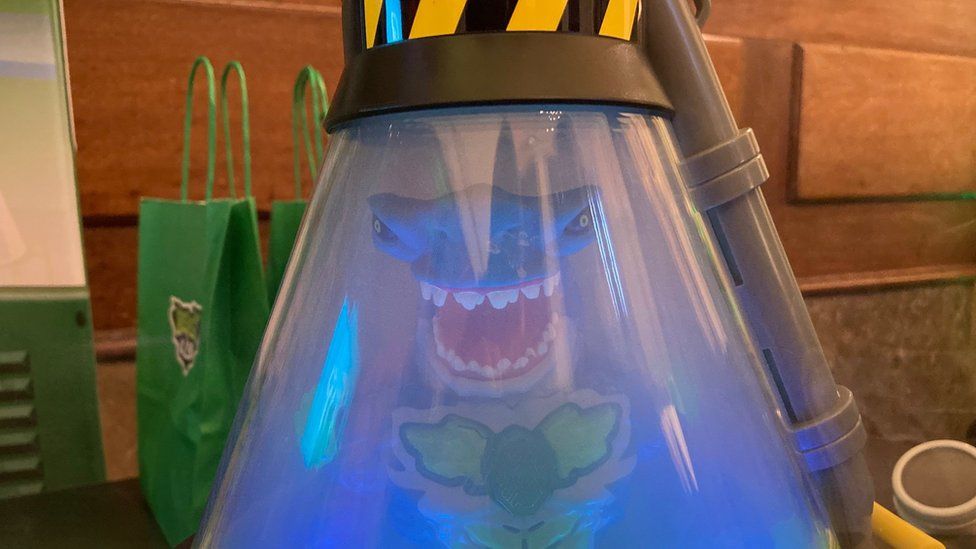
Families are expected to leave it late to buy Christmas gifts this year as household budgets are squeezed by high bills and prices.
Sales in the UK toy sector are down so far in 2023, and parents may decide to wait until after December pay day before taking the festive plunge.
But some are likely to join a growing trend of giving an early present on Christmas Eve.
Analysts say there are signs of shoppers returning to physical stores.
In a partial rebound after Covid, in-store sales are up by 3% at the expense of purchases online.
Brian Simpson, of the Toy Retailers Association, said customers appreciated the advice of staff such as whether toys were appropriate for certain age groups, or how quickly batteries needed changing.
Toy list
The association has unveiled its DreamToys list of 20 products it expects to sell well this year.
The items range in price from £8.99 to £149.99, but also display the industry’s reliance on old favourites and renewal of successful brands.
This year’s list includes a robotic dog that passes wind – virtually, Barbies and Ninja Turtles that draw on recent film releases, and a variety of slow reveal toys aimed at ensuring children play with their presents beyond Christmas morning.
For the first time, Artificial Intelligence (AI) is used as part of the well-established game of Pictionary, and – to the relief of exhausted parents – Hot Wheels toy cars come with their own storage vehicle so children can tidy them up.
The list is compiled by the panel of retailers and experts, which the association said gave an “authoritative and independent view on what we believe will be the most requested toys”.
However, the list does have its critics. “For Christmas, my wish is that this list, along with all the others, could be decided by children,” said Gary Pope, chief executive of marketing agency Kids Industries.
“There is just one item under £10 and one under £20。”

The wider pressures on families from the rising cost of living has led to a dilution in the number of expensive toys on sale this year, according to Melissa Symonds, executive director at toy data tracking company Circana.
She said that more than £1bn was spent on toys last Christmas. At least as much consumer spending is expected in the final three months of this year as in the first nine.
Retailers and manufacturers are relying on a good festive season, with sales down 4% in value so far this year, compared with the same period in 2022.
The number of toys sold was down 8% over the same period, she said, as the wet summer hit sales of items such as outdoor games and sports. However, this still outstripped performance in the sector in major European countries.
“Parents will save throughout the year to spend in November and December,” she said.
On average, £101 was spent on toys for each child aged up to 10 for Christmas, with the average toy priced at £13 last December.
This year, with Christmas Day falling on a Monday, there is a full shopping week before Christmas. She expected families to use those seven days to buy a lot of their presents, even though some promotions could be more likely in November.
Robotic and interactive toys have been showing some growth, with plush cuddly toys showing the fastest increase.
There was also some chat among exhibitors of Christmas Eve boxes, when – as is traditional in many parts of Europe – some gifts are opened on Christmas Eve.
“It is very much about a season, rather than just a day,” Ms Symonds said.
It would be a choice for families as to whether that is an additional gift or simply spreading out the presents which would otherwise have all been given on Christmas Day.